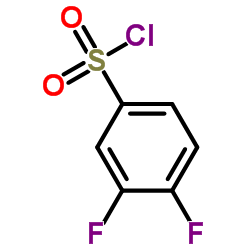| Structure | Name/CAS No. | Articles |
|---|---|---|
 |
2,5-Dibromobenzenesulfonyl chloride
CAS:23886-64-8 |
|
 |
3,4-Difluorobenzenesulfonyl chloride
CAS:145758-05-0 |